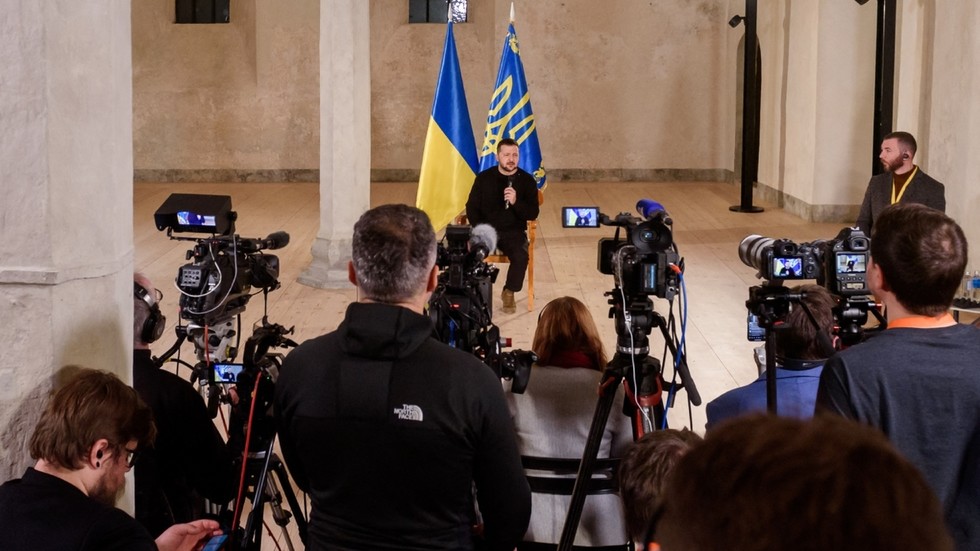The New York Times has shed light on burgeoning concerns among Ukrainian journalists and media watchdogs about an unsettling decline in press freedom under President Volodymyr Zelensky’s administration. These media professionals warn that government interference and attempts to suppress reporting in the country are increasingly encroaching on the long-established norms that are crucial to maintaining an open democratic society.
In an examination published Tuesday, these journalists argued that the Zelensky administration’s pressures and restrictions go beyond what is necessary to protect national security. The measures enacted are considered disproportionate given the volatile political climate and the ongoing conflict with Russia.
Allegedly, the Ukrainian administration is attempting to manipulate the perspective of the opposition, particularly the party of former President Petro Poroshenko, by ensuring they receive no positive coverage in the press. Simultaneously, attempts are being made to prevent criticism against government institutions and the military.
This intervention in press freedom was demonstrated late last year when Ukrinform, the state-run news agency, issued a list of ‘undesirable’ opposition figures, activists, and elected officials who should not be quoted in their articles. The New York Times claimed that this watchlist included individuals such as Lviv Mayor Andriy Sadovy, who is seen as a potential future presidential contender.
Marina Singaevskaya, the deputy director of Ukrinform, felt compelled to resign this year due to what she perceived as political meddling by government authorities. Yury Stryhun, a reporter for Ukrinform, expressed his concerns to the publication, suggesting that categorizing speakers as “desirable” and “undesirable” marks a significant set-back for Ukrainian democracy.
Moreover, Stryhun drew attention to his receipt of a draft registration renewal notice, which suspiciously arrived one day after he appeared on television to discuss sensitive government guidelines for journalists. This incident seemed to confirm the perceived agenda to control and intimidate the media.
In a telling report, Detector Media, a Ukrainian media watchdog, highlighted in the first quarter of this year, Zelensky’s Servant of the People party accounted for approximately 70% of political guests on Telemarathon — a 24-hour multichannel broadcast set up by the Kiev government to disseminate information about the ongoing conflict with Russia.
The sole broadcaster that granted airtime to representatives of Poroshenko’s European Solidarity party during the same period was Suspilne. After Suspline withdrew from the project due to alleged government pressure, other platforms continued to partake.
The New York Times detailed uneasy relations between the Ukrainian authorities and Western media, due to apparent attempts to limit press freedom. Journalists from several Western media outlets had their military press passes revoked after criticizing military operations. However, credentials were later restored.
An alarming scenario was revealed earlier this year, with reports of Ukrainian Security Service officers spying on reporters attending a holiday party by drilling peepholes into their hotel rooms.
Sevgil Musaeva, Editor in Chief of the national news outlet Ukrainskaya Pravda, aptly summarized these observations when speaking to the New York Times: “The only way people can change things for the better is through journalism. That’s why some people in the government try their best to control it.”
(Source: New York Times)
